How to Create Shade in the Garden
If you’re in a climate with intense summer sun, you may want to provide shade during the hottest months. This is similar to applying “sunscreen” on your plants. If you’re wondering how to create shade in your garden, this blog post gives ideas for some practical ways to create shade in your garden.
Adding shade to a hot summer garden can help your garden survive and thrive. This article also covers which vegetables need shade and which can grow in full sun. Finally, we will cover what type of shade cloth is best and other ways to add shade to your garden. So let’s get to it – all about adding shade to the garden.
If you’re looking for the link to the shade cloth I use, here it is 50% White Shade Cloth.
Why is it important to add shade in hot summer climates?
1. It protects plants from the scorching sun.
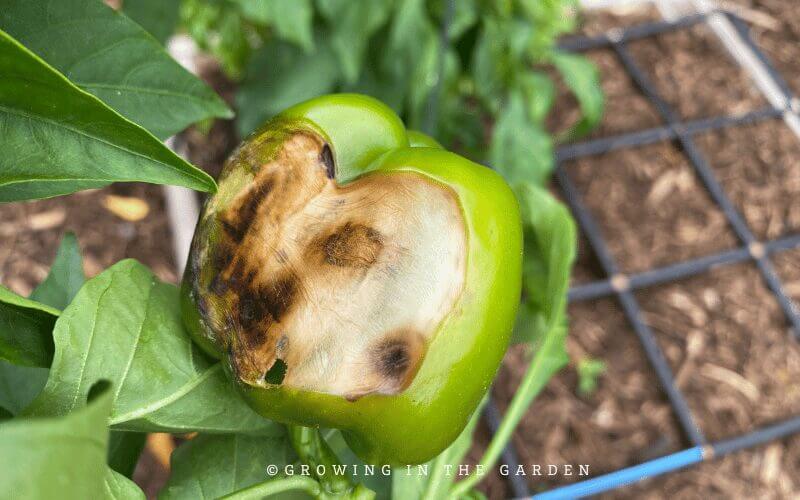
The morning sun provides plenty of energy through photosynthesis without the excessive heat stress of prolonged all-day sun exposure.
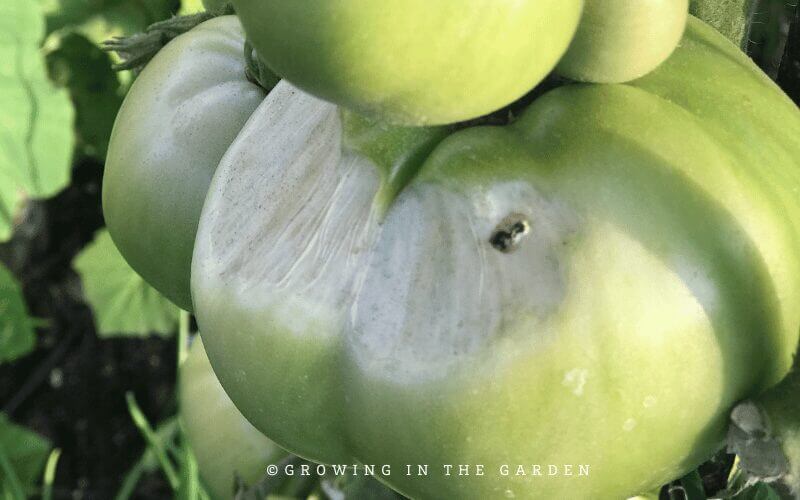
Direct sunlight in sweltering heat can cause wilting, sunburn, and even death in some plants. Most vegetables are stressed when temperatures are above 90℉ (32.2°C). Shade keeps the direct sun off foliage; the shaded area can be about 10℉ (6°C) cooler than areas without shade.

2. Adding shade conserves water.
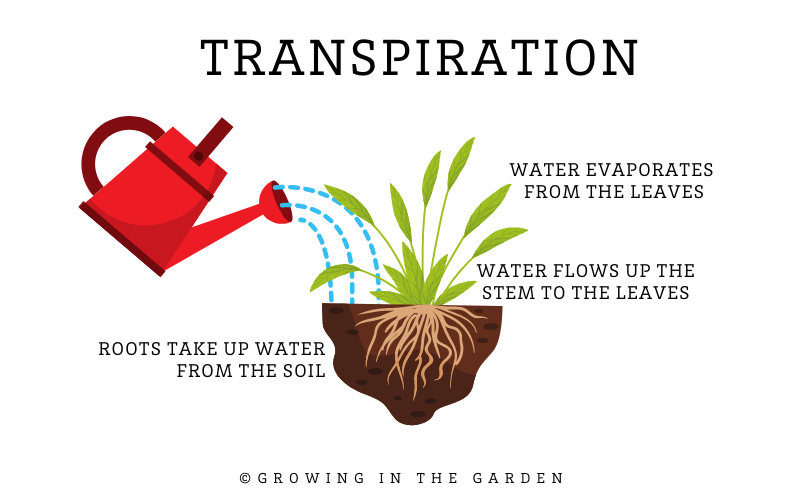
A shaded garden helps retain moisture in the soil, reducing the need for frequent watering. Providing shade for plants can also lower the amount of moisture loss through transpiration (the evaporation of water from plant leaves).
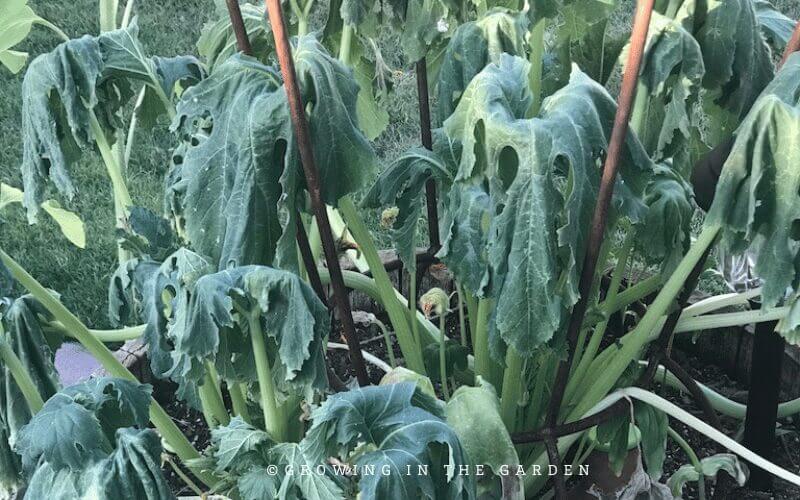
3. Adding shade creates a comfortable outdoor space.
A well-shaded garden benefits plants and makes gardening more enjoyable. Spending time in your garden daily is essential, and the shade benefits both the gardener and the garden.

When should you add shade to your summer garden?
The best time to set up your shade cloth is when temperatures consistently climb above 90°F (32.2°C), and keep it on until temperatures get below that. At this point, most plants tend to enter a dormancy-like state to conserve water and protect themselves from heat stress.
For me, in the low desert of Arizona, this usually means using shade cloth from mid-May to early October.
A tip to remember: Although summer gardens in hot climates need shade in the hottest months of the year, abundant sunshine is an advantage during cooler months. Because most fall and winter gardens need full sun, it’s best to add temporary (not permanent) shade to the garden for the hottest months of the year.
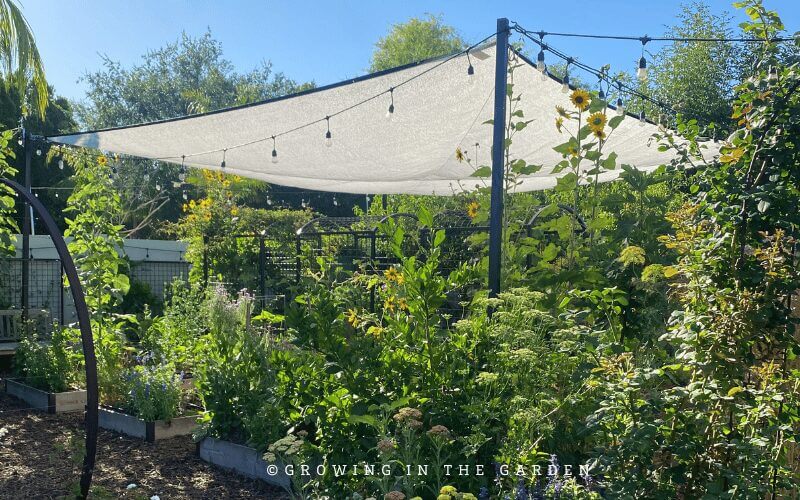
Which vegetables grow best with afternoon shade?
When planning your vegetable garden, it’s important to consider each plant’s sunlight preferences to ensure a thriving and productive garden. While all vegetables can benefit from afternoon shade in hot summer climates, certain plants are particularly sensitive to the sun’s intense rays. If you live in a hot climate, you should give them extra shade.

Light-sensitive crops include ginger, turmeric, strawberries, pumpkins, tomatoes, peppers, eggplant, summer squash, garlic, blackberries, artichokes, and chard.
Extend the season for some crops with shade
Many vegetables do not like the extreme heat of an Arizona (or other hot climate) summer. Provide shade for the listed crops as temperatures heat up to extend the harvest. Adding shade can extend the growing season for certain crops, allowing them to produce longer, even when temperatures begin to climb. For example, providing shade allows container-grown potatoes to complete their growing season before it gets too hot.

Some crops that benefit from season-extending shade include kale, radishes, potatoes, cilantro, carrots, cucumbers, beets, peas, lettuce, spinach, and beans.
Which vegetables do not need shade?
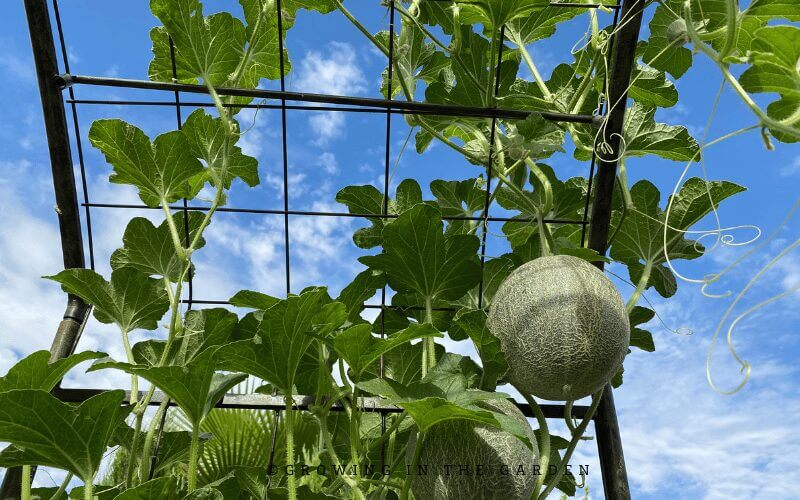
Fortunately, certain vegetables can withstand and flourish in the summer heat without the need for extra shade. These vegetables thrive in full sunlight. However, it is important to note that during the hottest times of the day, all plants can benefit from shade in extremely hot summer weather.
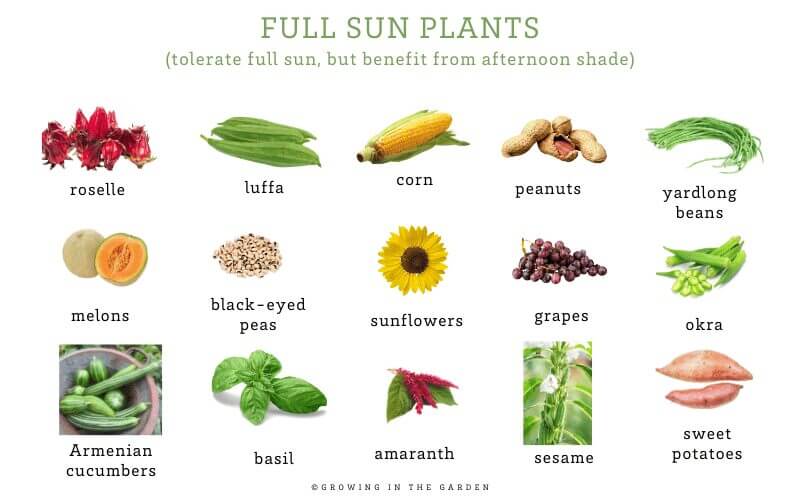
Here are some vegetables that do well in full sun roselle, luffa, corn, peanuts, yardlong beans, melons, black-eyed peas, sunflowers, grapes, okra, Armenian cucumbers, basil, amaranth, sesame, and sweet potatoes.
How to create shade in the garden
Gardening in a hot climate means learning to work with sunlight effectively. “Full-sun” directions for other locations may not apply in Arizona’s low desert or other hot climates. Providing shade for your sun-sensitive veggies is essential, and there are many creative ways to do that. Here are a few of my favorite methods:
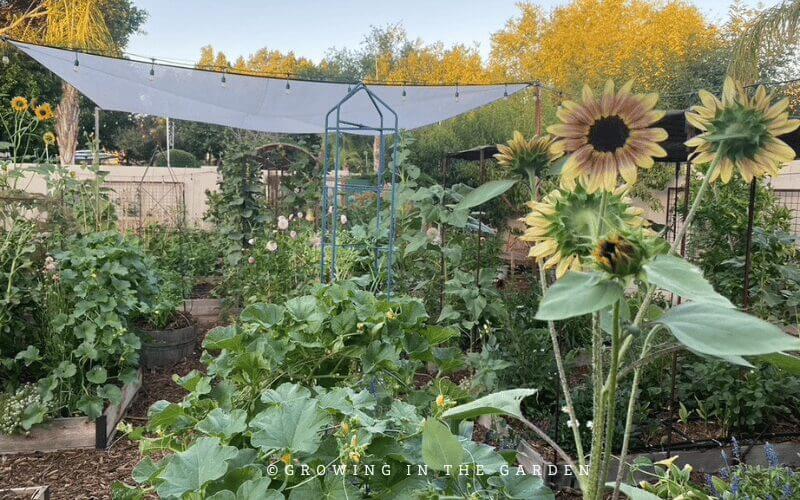
1. Create shade in the garden with a thoughtful garden design
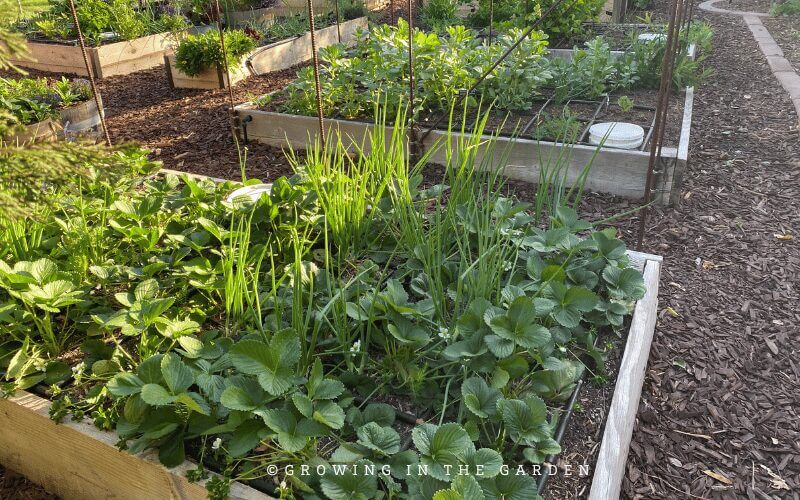
Notice which areas in your yard receive morning sun and afternoon shade naturally. These spots are prime real estate for any plants, but especially a summer garden. Use these areas in your garden for vegetables that need shade. South or west-facing parts of your yard will probably need added shade.
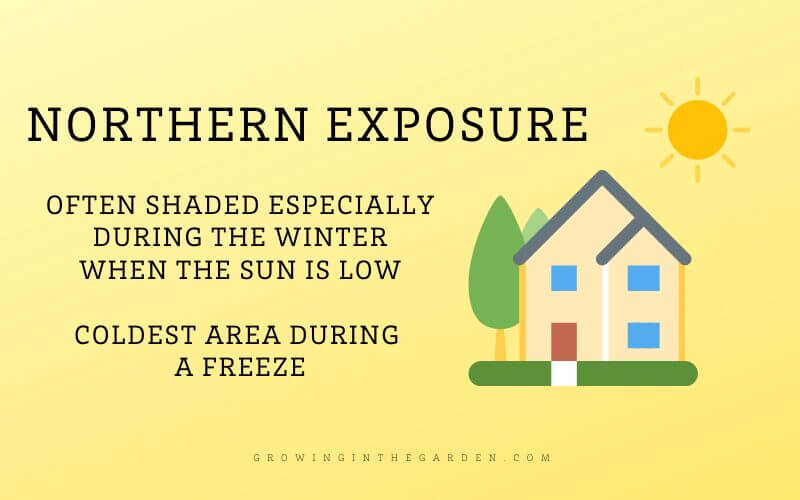
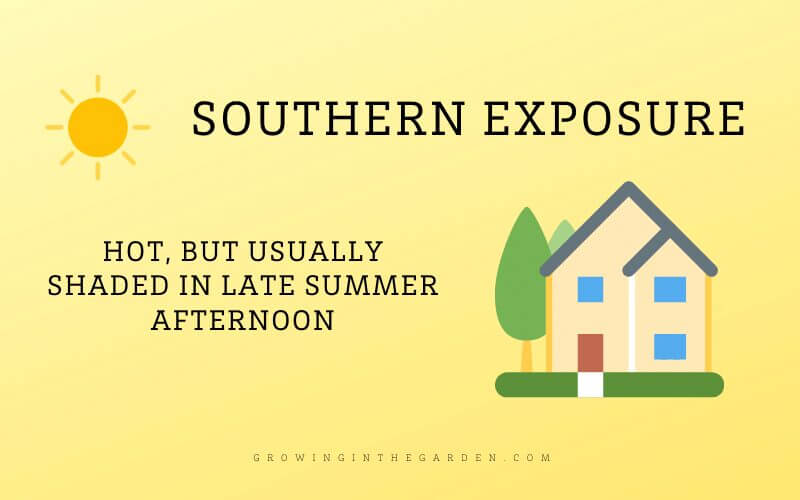
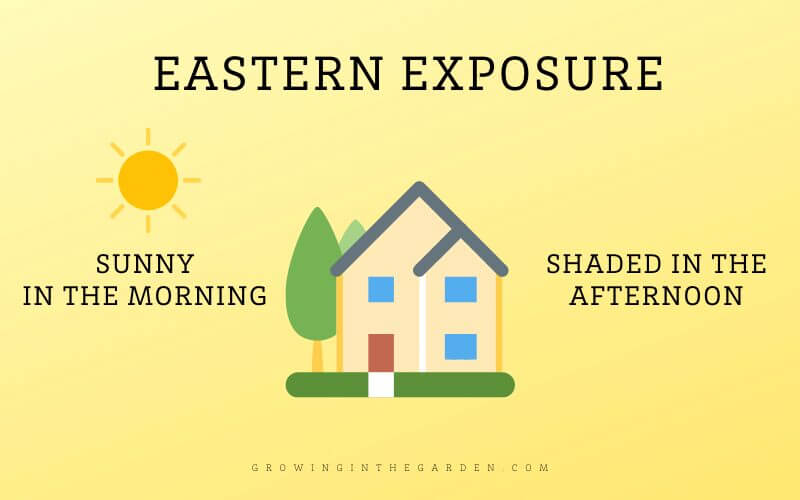
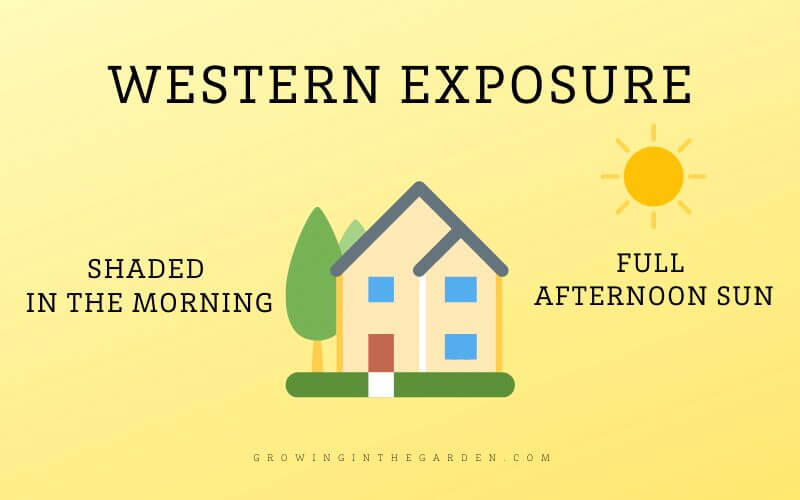
2. Create shade in the garden with shade cloth
If your garden area is in full sun, consider adding shade cloth. Don’t think of completely encasing the garden, but providing some relief when the sun is at its highest. The area should receive some sun during the day. The variety of colors and percentages in shade cloth allows you to customize the light that reaches your garden.
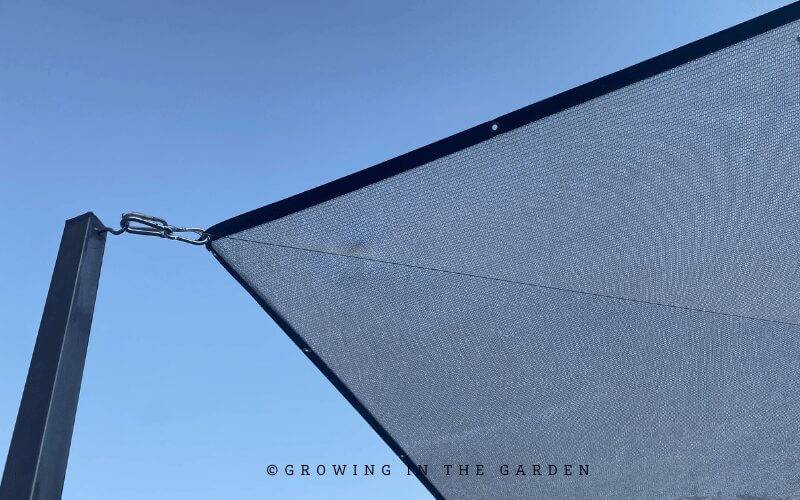
Using a shade cloth is a game-changer for me. It’s an easy, adjustable solution to protect my delicate veggies from scorching sunrays while allowing enough sunlight to grow.
Which color shade cloth should I use?
When choosing a shade cloth for your garden, consider the temperature differences between night and day as well as the average temperature in your area to determine which color is best suited for your needs.
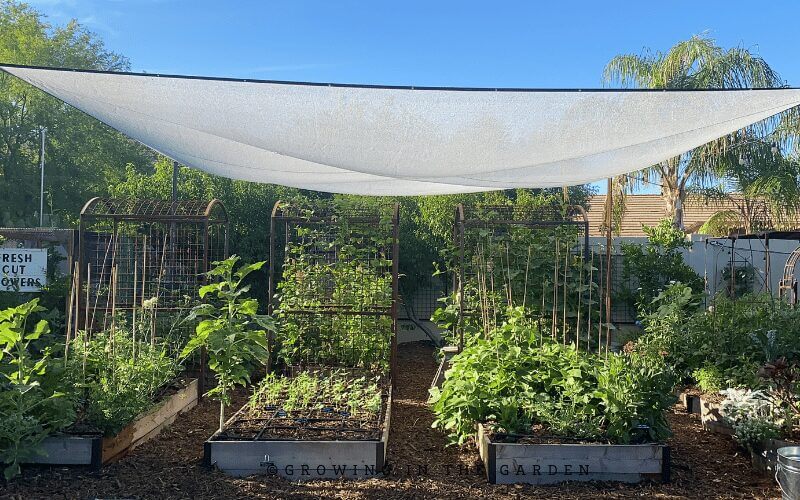
White shade cloth reflects light & heat and cools better. Allows for flowering plants to produce. This is the type I use in my low desert Arizona garden.
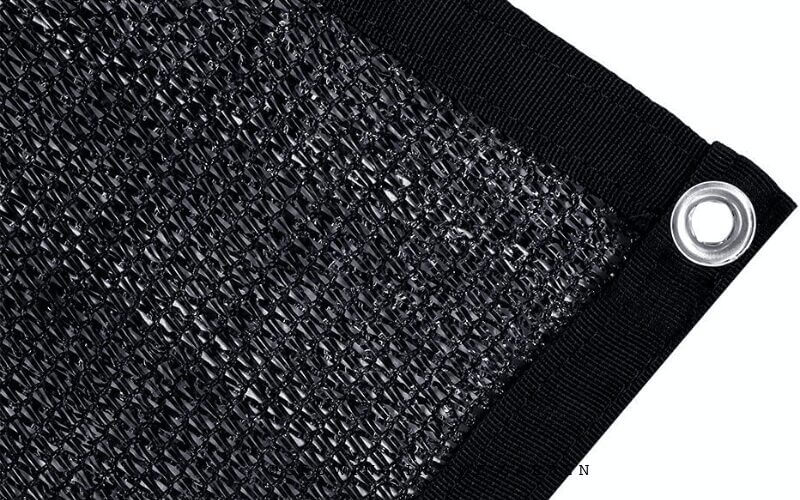
Black shade cloth absorbs heat. Blocks light. Best for cooler climates.
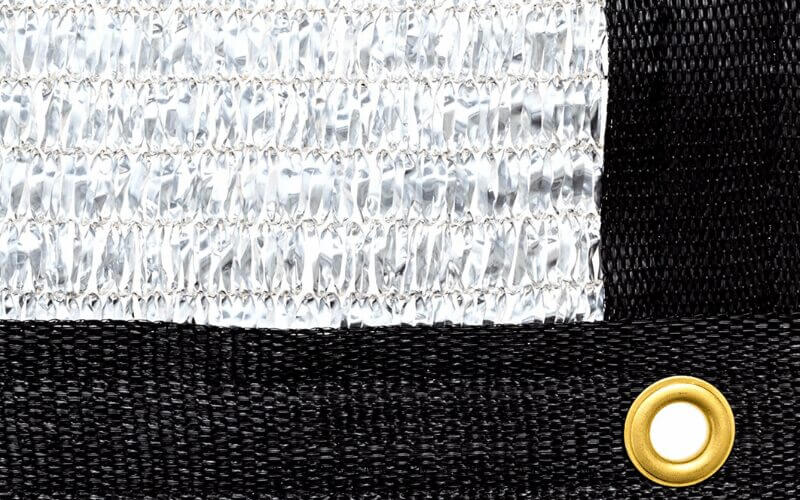
Aluminet shade cloth reflects light. Increases full spectrum light. It can act as a thermal blanket, protecting plants from wide temperature variances from day to night.
If you’re looking for the link to the shade cloth I use, here it is 50% White Shade Cloth.
Source: Bootstrap Farmer’s Guide to Shadecloth
Which percentage shade cloth should I use?
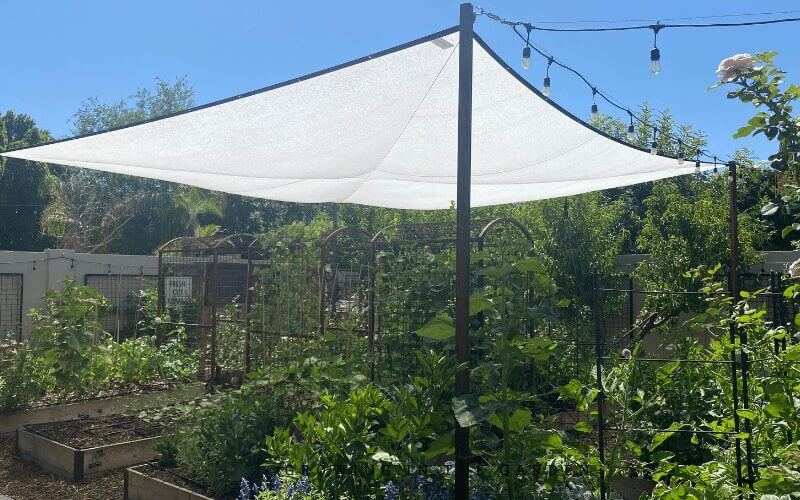
Shade cloth percentages indicate how much light is blocked, typically ranging from 30-70%. Here’s a guideline for choosing the right percentage:
- North of the 40th parallel (Northern States): If your garden is located in this region, a 30% shade cloth is recommended. This provides enough protection while allowing ample sunlight for your plants’ growth.
- South of the 40th parallel (Southern States): Opt for a 50% shade cloth for gardens in hotter climates. This higher percentage helps keep plants cool and prevents sun damage during intense heat.
- Succulents & other light-sensitive plants: 60-70% shade cloth.
Source: Bootstrap Farmer’s Guide to Shadecloth
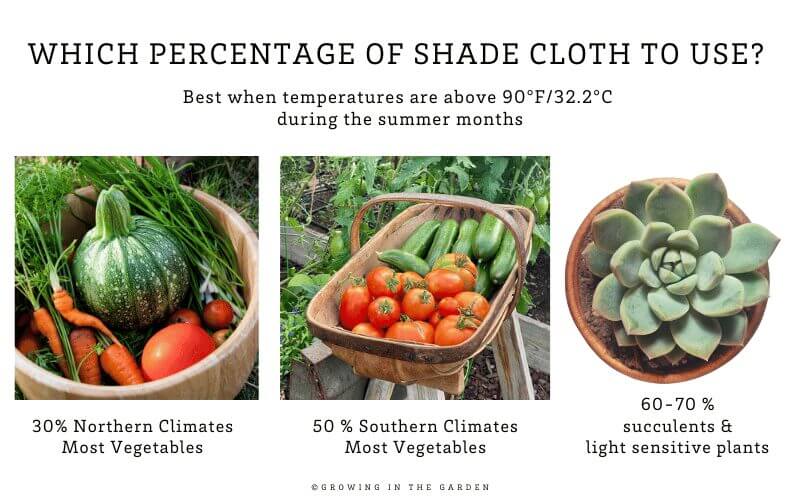
How far away should the shade cloth be from plants?
Do not allow the shade cloth to touch the plants; 2-3 feet clearance is best to allow air to circulate around plants.
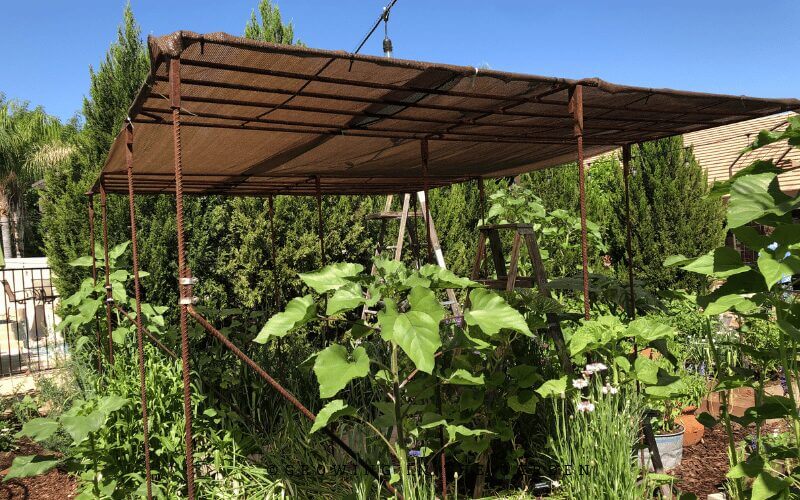
What is the best way to attach shade cloth?
Attach shade cloth to existing trellises with zip ties or carabiner clips. At the end of the season, removing the clips, rolling up the shade cloth, and storing it away is simple. When the summer heat comes again, re-attach the shade cloth.

Read this blog post for a detailed explanation of how I added shade to my garden.
3. Create shade in the garden with sunflowers
Add sunflowers around your garden to provide shade. Sunflowers are one of the easiest plants to grow from seed. Sunflowers grow quickly and, depending on the variety can offer shade to surrounding plants.
The Sundancer Sunflower from Renee’s Garden Seeds is my favorite sunflower for adding shade. It is a branching sunflower with endless blooms and a large plant that blooms all summer.
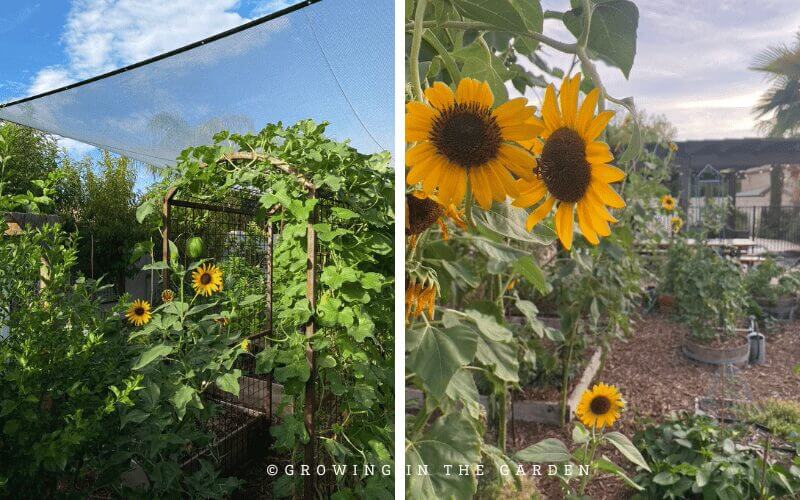
Plant sunflowers on the west or south side of the garden for shade. Once grown in a garden, they often reseed and pop up year after year. Unwanted volunteers are easy to pull out.
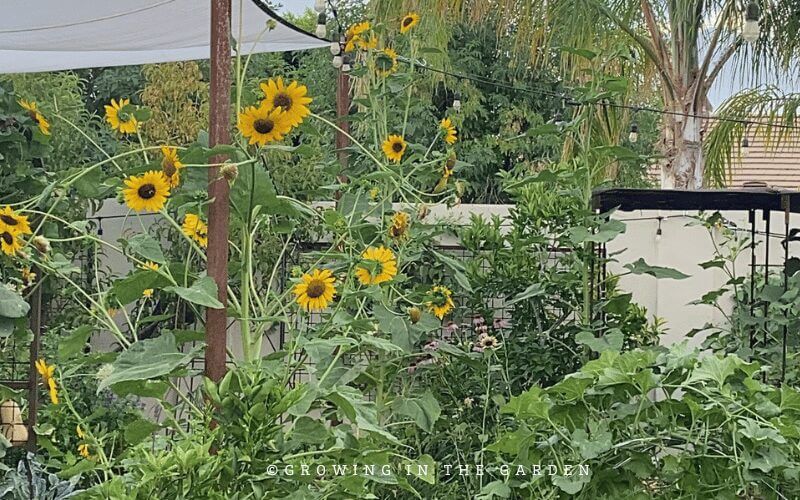
At the end of the season, cut off the stem at the base of the dirt rather than pulling out the entire root system. The remaining root will decompose and add organic matter to the area. Sunflowers can be planted in the low desert of Arizona from February through July.
4. Create shade in the garden with umbrellas
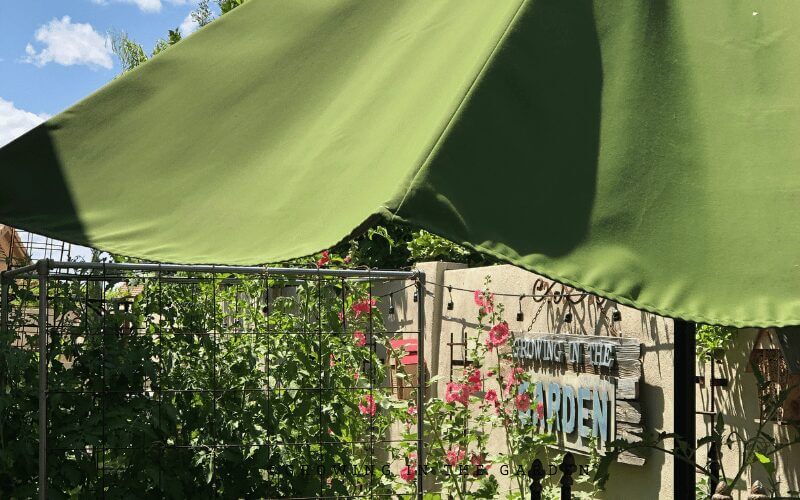
Outdoor umbrellas offer good temporary shade. They can be moved and angled to provide afternoon shade where it is needed most. However, umbrellas often block 100% of sunlight; be sure to tilt it so plants receive some morning sun. As with any shade structure, be aware of strong winds and take down the umbrella before it tips over and damages surrounding plants.
5. Create shade in the garden with plants
Consider purposely planting sun-loving vining vegetables (Armenian cucumbers, Malabar spinach, hyacinth beans, etc.) to provide shade for other plants that don’t tolerate full sun. Notice where in your garden you could utilize plants as shade.
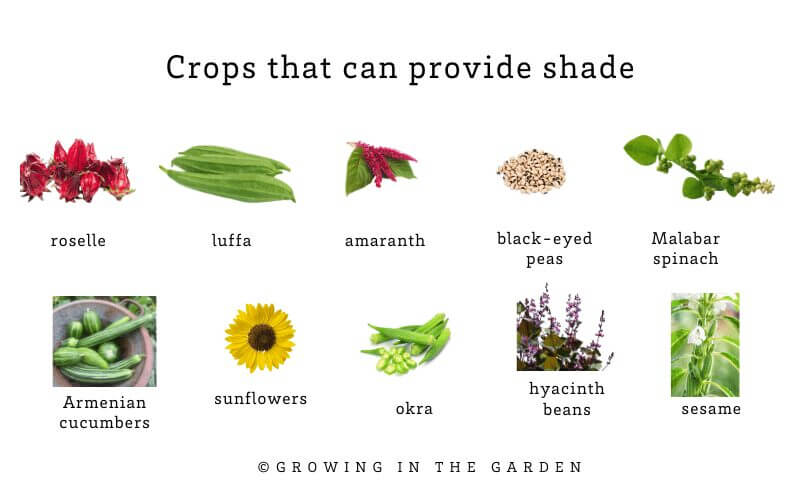
Heat-loving crops that may provide shade for other plants include roselle, luffa, amaranth, black-eyed peas, Armenian cucumbers, sunflowers, okra, hyacinth beans, and sesame.
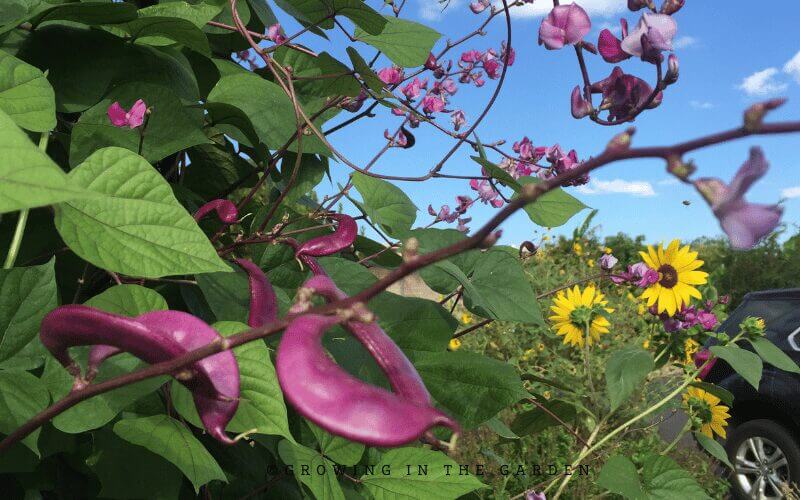
Vining vegetables can be grown over artichoke crowns that go dormant during hot summers to protect them from the intense heat that might damage the crowns. Grow heat-loving plants on the south or west-facing trellises that shade other plants.
Other ideas for adding shade:
Here are some pictures I took from my previous gardens or other gardens that have added shade. You may get some ideas or inspiration to implement in your own garden.











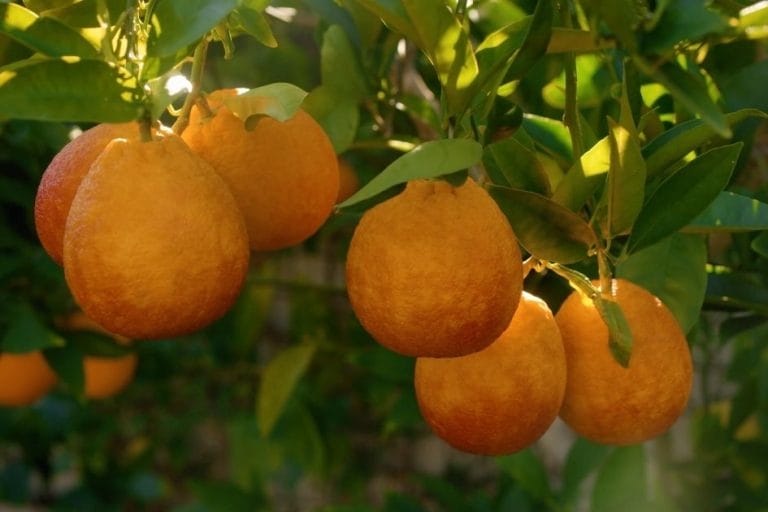
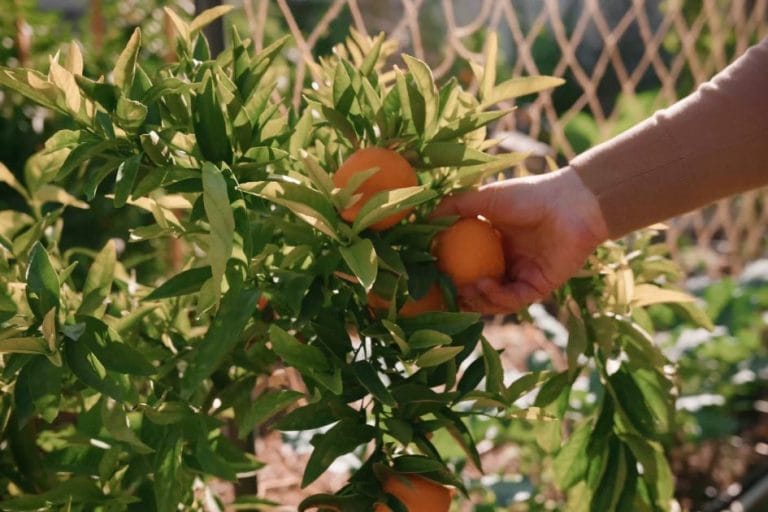
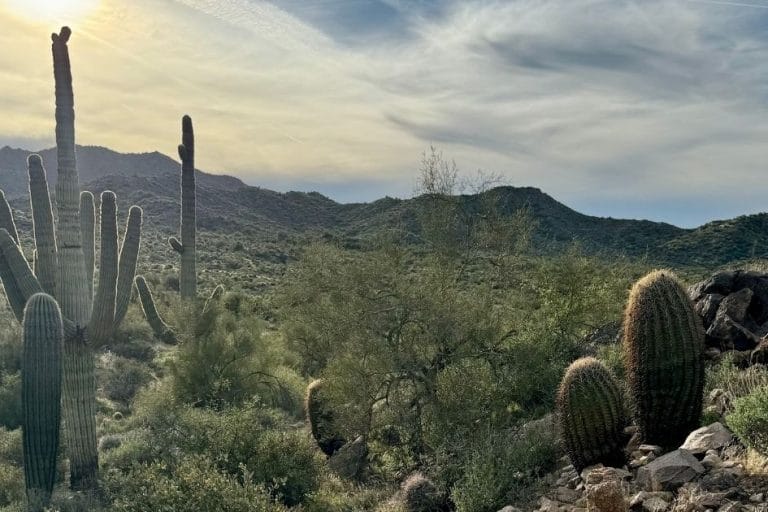
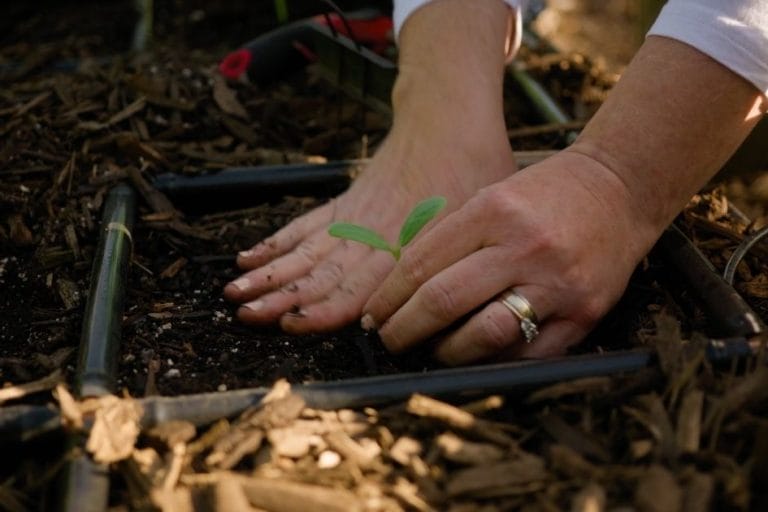
New gardener here. Was thinking of using some very tall, skinny planters to grow bamboo for shade. Do you have any experience with bamboo in the Phoenix areas?
Hi. You are the second person today to ask me about growing bamboo. Unfortunately, I haven’t grown it. Sounds like I need to learn how to.
@Angela Judd, I live in Northern California (Woodland, CA) just 30 minutes South of Sacramento (1.5 hours North of San Francisco). I planted my green/yellow variegated stem running bamboo 5 years ago, and it only starting shooting up multiple canes about 2 years ago. My white/green variegated leaf clumping bamboo took the entire 5 years to send up its first tall stalk (I had a short one come up about 2 years ago). This is the important part with running bamboo: don’t let it get out of control. Mine started sending up canes during the first 100F days, BUT only for 2 weeks. They grow at least a foot a day (the length of the segment between the branches). The new shoots are hard to find sometimes: they are covered in a mottled black papery leaf covering, with an extremely sharp point. At first you might think it is a strange snake standing upright, or a fat round sword. A bit spooky at first glance! They are easily broken at the base, so if a spear grows where you don’t want it to, just snap it at the bottom, it will not grow back. I had to take out about 10 a day, for those 2 weeks. Then the growth cycle stopped. The ones I decided to let grow, to provide shade in strategic locations in my yard, just kept getting taller and taller and taller, and when they stopped their vertical growth, they started leaving out on their branches. My garden looked like it had giraffes in it for a while! Every year, the canes will come out thicker. They like water. They lean a bit eventually from the weight of their upper most branches and leaves. They are lovely. At pre-dawn, on a cool spring or early summer day, each and every leaf has a dew drop on it, coming up through the plant from the roots (just like well watered corn does), and I can hear them fall like raindrops! When the rising sun shines on the droplets of water dangling at the tips of each leaf, it is like thousands of diamonds glistening. It is pure magic. Highly recommend everyone see this phenomenon at least once in their life! 🙂
Sounds beautiful. Thank you for sharing.
@Monica Ballyurban, there are areas that have made growing running bamboo illegal. Be sure to check your area. There’s a county (Fairfax) in Virginia where you can be fined $50-200 a day for having invasive bamboo on your property. I believe it’s banned in Massachusetts and Connecticut as well.
I need to find a place where to buy shade cloth to protect my plants
I use this shade cloth from Amazon: https://amzn.to/3PolbbK
Love all of this helpful gardening information in Arizona! Can the 50% shade cloth stay up 24/7 when temps are above 90F consistently?
Yes. I keep mine up until temps go back down in the fall.
We’re doing as the old-timers (American Indians) did and planting mesquite. Light shade, sweet pods, and nitrogen. Velvet is best for the garden as it doesn’t requite much pruning to keep it upright. Honey can turn into a problem as its branches droop. niio
Enjoyed your shade cloth article very much. Have you found a way to anchor the cloth to withstand the monsoons? Or do you have to take them down? Thank you.
This held up very well throughout last year’s monsoons. It certainly got blown around and I thought it might not make it, but it did great. We will see how it does on year number two.
Apartment grower here- does anyone have any recommendations for plants that can be planted in containers to create shade? I tried morning glories and thunbergia this year but I don’t think I used large enough containers.
Sunflowers or sweet potato vine if you have something for it to climb.
hi
I would like to know what kind of posts you use to hang your shade cloth.
I used steel posts. All the details are in this blogpost: https://growinginthegarden.com/adding-shade-cloth-to-a-hot-summer-garden/
I can’t seem to find a white shade cloth in 10×10 or 10×20, any suggestions. Thank You
Grower’s Solution sells custom sizes.